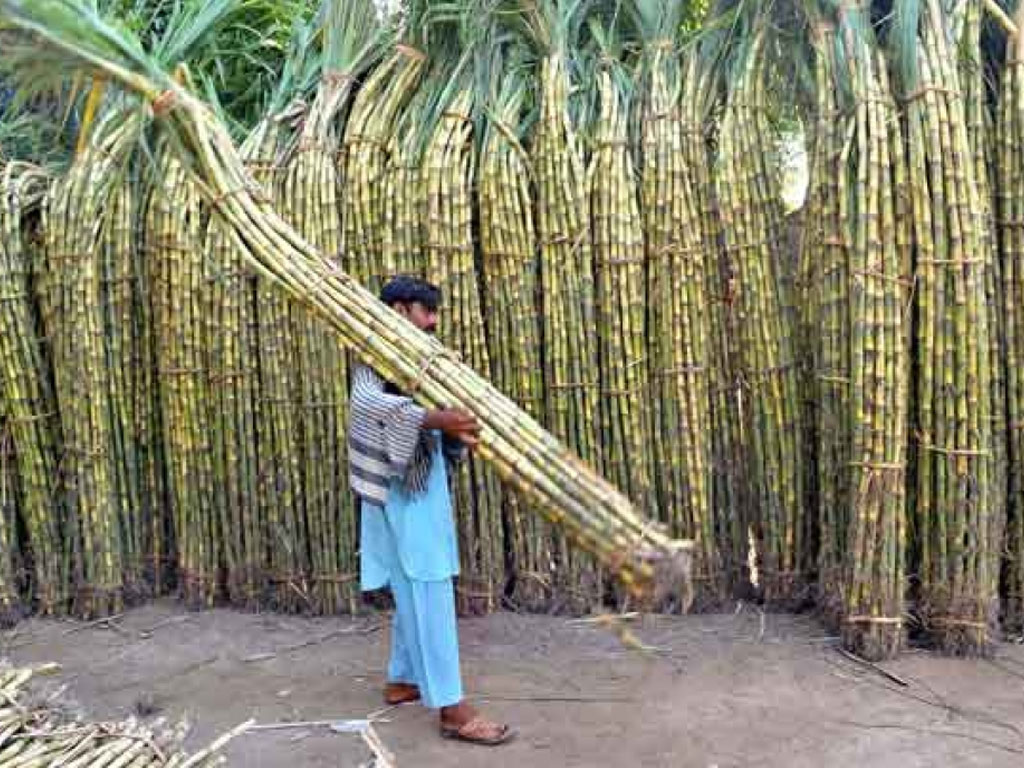Agriculture needs nuance, not witch hunt

Commenting on elite capture of local economy, a leading Pakistani-American economist wrote in a foreign publication that “sugar cane, which is one of the most water-intensive crops, is grown on nearly 2.5 million acres in Pakistan. This makes no economic sense for a country with a very serious water shortage.”
Such surgical diagnosis echoes deeply held sentiments, as the human suffering caused by water crisis is very palpable, whereas in popular imagination the water-guzzling sugarcane at best represents ‘a non-essential cash crop grown by large landholders.’
Prima facie, these claims are also corroborated by official figures which show that in recent times the country has produced both cane and white sugar – primary output of sugarcane – in excess of domestic demand by as much as one-fourth, only for producers to demand a subsidy for exportable surplus in order to stabilize price in domestic market and release delayed payments to farmers.
Logic would dictate that an uncompetitive industry living off rulers’ largesse would struggle to survive in its absence; yet the industry has been equally profitable otherwise. Similarly, such diagnosis also raises other important questions. For example, why do ‘exploited’ farmers continue to grow a crop when payments are withheld for years? Similarly, if the large-scale zamindars and powerful elite are the typecast sugarcane growers, why do let themselves be taken for a ride by arthis and millers and not switch to other crops instead? Most significantly, why has the area under a ‘climatically ill-suited water-intensive’ crop continued to expand year after year, despite increasing water shortage adversely affecting crop output?
The answer – as in most things in life – lies in nuance, sorely missing from academic discussions. For example, white sugar may be the most visible output of sugarcane but is much less profitable than by-products such as exported ethanol, bagasse powered energy, and food products. Similarly, it is true that water delta of sugarcane is highest compared to other traditional crops on absolute basis. However, compared to substitutes such as wheat, rice and cotton, sugarcane is an annual crop; and thus, utilizes less water than the rice-wheat or cotton-wheat alternatives on aggregate basis.
Similarly, the per acre revenue contribution of sugarcane is much higher than that earned by rice-wheat, cotton-wheat, or maize-wheat alternatives, with lower risk due to guaranteed minimum returns in the form of price floors – a virtue absent from the market driven dynamics of alternate crops.
But more than farm-level economics, it is the climatic resilience of the crop that has propelled its unabated cultivation. Amid changing climate patterns and a spate of extreme weather events, traditionally successful crops such as cotton (and more recently, even maize!) have witnessed large-scale crop failures due to their much higher sensitive physiology.
In comparison, while sugarcane productivity may suffer due to poor water availability, the crop still manages to eventually transpire into a final usable commodity. For a business as exposed to vagaries of nature as farming, the risk of bankruptcy due to crop failure far eclipses any discomfit caused by delay in payments.
This is not to argue that sugarcane represents the best of all possibilities for domestic farming sector. But to point out that while farmers may be prone to making poor choices individually, it is conceited to argue that collective choices made repeatedly over several years make ‘no economic sense’. Instead, where collective behaviour of a group of economic agents does not appear logical on surface, it is incumbent on researchers to dig further. It is likely that they will find micro-level incentives dictating economic preferences made in self-interest, even if they represent sub-optimal choices on macro-level.






















Comments
Comments are closed.